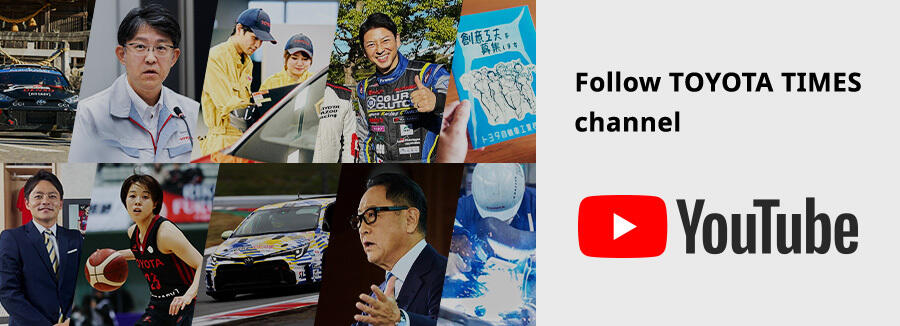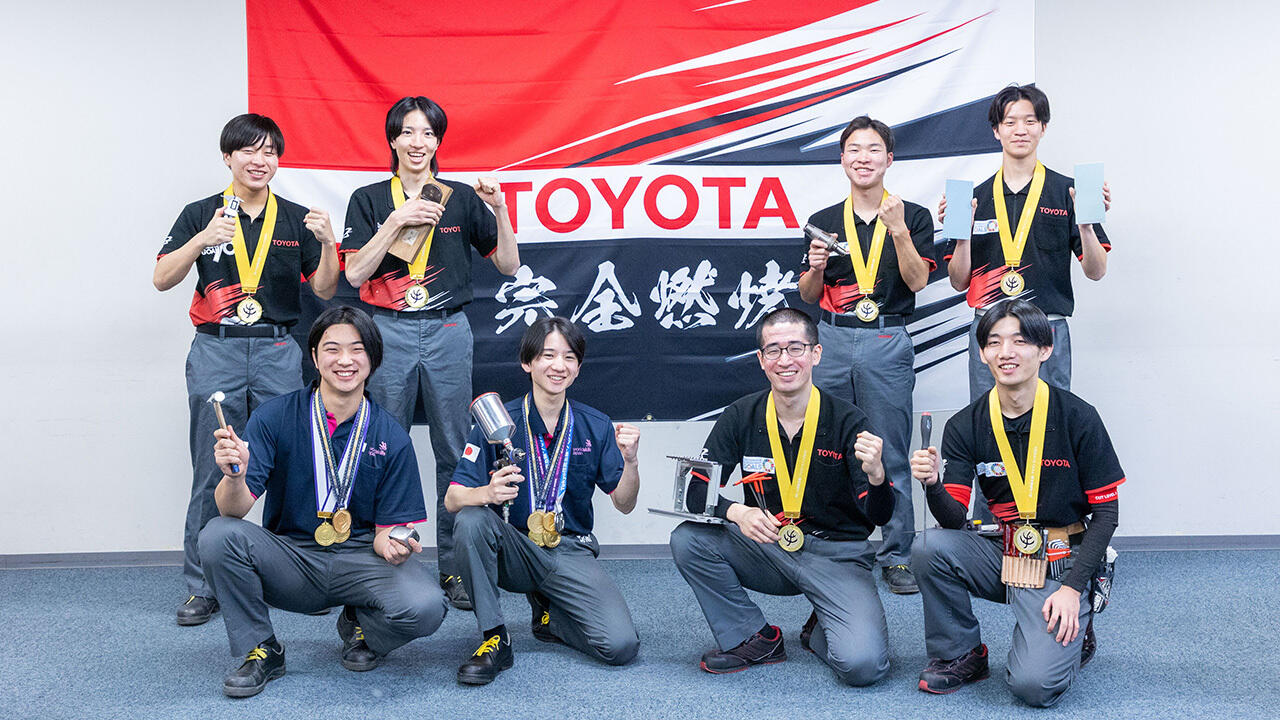
Toyota Times sat down with eight Toyota employees who won gold medals at the WorldSkills and National Skills competitions held in 2024.
The physical side of competition
We talked about routines earlier, and Kubo shared how he maintains his composure, but did you do anything special to prepare physically for competition?
Kubo, Plastic Die Engineering Plastic dies are made in four different stages, with a total time of around nine hours, or just under. The competition runs for a week, and we might have one day for one stage and a day off before the next, so how you spend that time is also important.
From about a month before the competition, I was mindful of things like my sleeping time and what I ate, going to bed and waking up at set times to make sure that I was physically ready for the event.
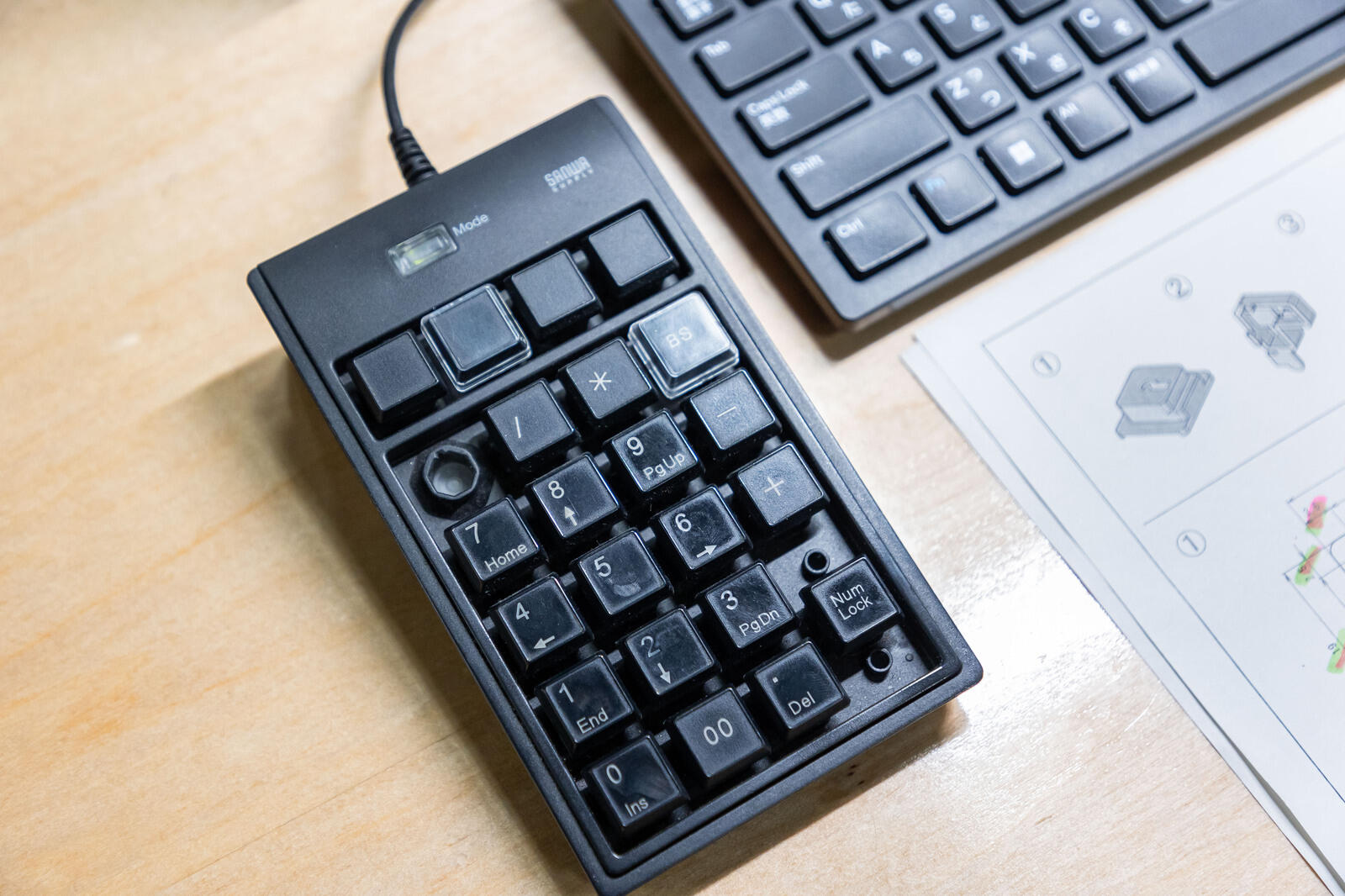
Sugata, Car Painting In my category, the occupation leader told us to take extra care about what we eat, and I made sure to avoid eating oily foods that would leave me feeling worse. To help me focus on the task at hand, I tried not to eat too many greasy things or dairy products.
Was that in the lead-up to competition?
Sugata, Car Painting I was mindful of it all year. I wanted to maintain the same condition from training through to the main event.
Did you do anything to prepare your body for the long hours of competition?
Koishi, Autobody Repair Unlike the auto repair in the international competition, in National Skills you are constantly beating a sheet of metal. It’s really a test of endurance, and if you can’t swing that hammer you don’t have a chance. On that front, we need to do strength training and running—I really hate running, but the workouts helped me double my grip strength since the time I started metalwork.
*At the time of the interview in December 2024, Koishi’s grip strength was around 80 kg.
Japanese monozukuri holds its own
At the WorldSkills competition, did you feel the pressure of representing Japan?
Koishi, Autobody Repair When I started training for WorldSkills, together with the Experts I set a goal of having fun first, winning second. I love this job, and in my training, I was driven by the belief that taking part in the top competition in this field and being able to work on that stage, would be more exciting than anything.
During training, you inevitably have ups and downs. The Chinese competitors are incredibly skilled, and every time we learned more about them, I started to doubt whether I really could win.
But at the same time, it would be very disappointing to see Japanese monozukuri fall behind, and I was determined not to be beaten. Even with that in mind, I was glad that I stuck to my stance of enjoying my work and carrying that through to the event.
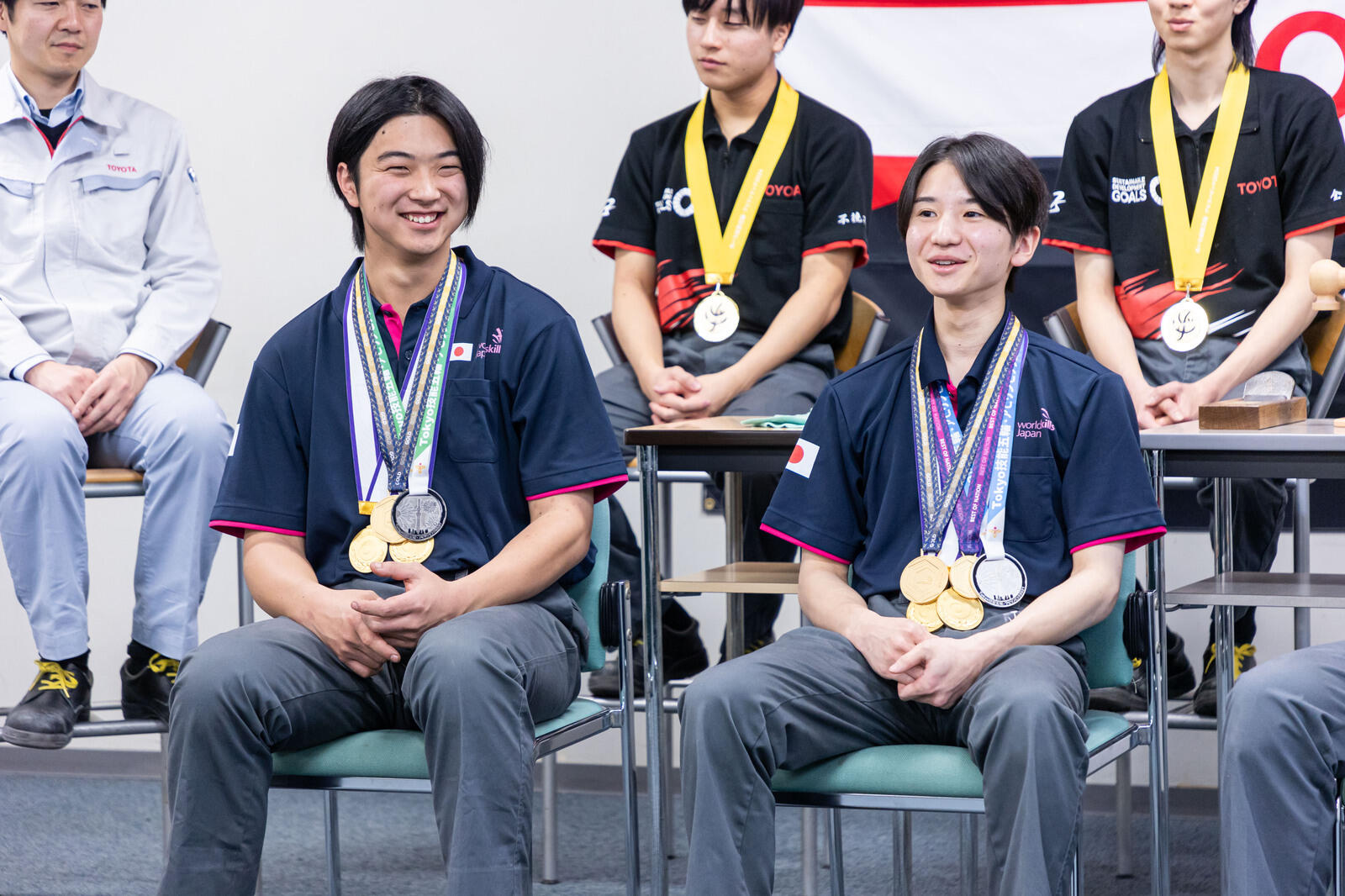
South Korea and China are both dominant in international competitions * . Is there a strong desire to hold your own?
*China has led the gold medal tally at the last four WorldSkills Competitions in 2017, 19, 22, and 24. South Korea had won the previous four. At the 2024 event in France, Japan finished fifth with five golds.
Hoshino, Car Painting There is. Asia is strong in painting, but Europe also consistently performs well, with European countries generally finishing among the top three.
This year I had the chance to take part in three overseas training programs, where I could interact and communicate with competitors and Experts from various countries. I was able to make friends outside Japan, and that gave me confidence going into the competition.
Where do Toyota’s strengths lie?
Did the national and international competitions give you a sense of Toyota’s strengths?
Koishi, Autobody Repair In WorldSkills, you come up against overseas competitors who actually work as autobody mechanics. There were people who had been repairing cars for many years, and frankly, everyone had been doing it longer than me.
At Toyota, however, we explore the essence of monozukuri before getting stuck into our work. I think the fact that I was able to reach the level of winning a gold medal within 10 months of starting training for the competition shows Toyota’s strength in pursuing the fundamentals of monozukuri.
Take a single weld, for example. The work is just a matter of melting two metal sheets to connect them together, but there are all these elements—the subtle sounds of welding, the sensations, the wavy forms. While it doesn’t directly impact the judging, by understanding these fundamentals I am able to make highly regarded welds no matter what circumstances come my way.
Similarly, when the task is repairing panels, the sheet metal moves as you hammer it. How is it moving, what kind of stresses are being applied, where does the metal want to go? I think at Toyota we are taught to investigate all these aspects and gain a deep mastery of the skill.
Kubo, Plastic Die Engineering After coming to watch the competition, my parents and my work supervisors all commented that the Toyota members kept their surroundings and workbenches very neat, even while working. Since our days at the academy, we have been taught things like the 4S’s and how monozukuri is about developing people, but it made me realize that I too had grown.
Sugata, you also spoke about the 4S’s. Do you think your days at the academy are bearing fruit?
Sugata, Car Painting As Kubo said, as students we heard about the 4S’s on a daily basis, and I think it became ingrained without us even realizing, to the point where other people now recognize it.
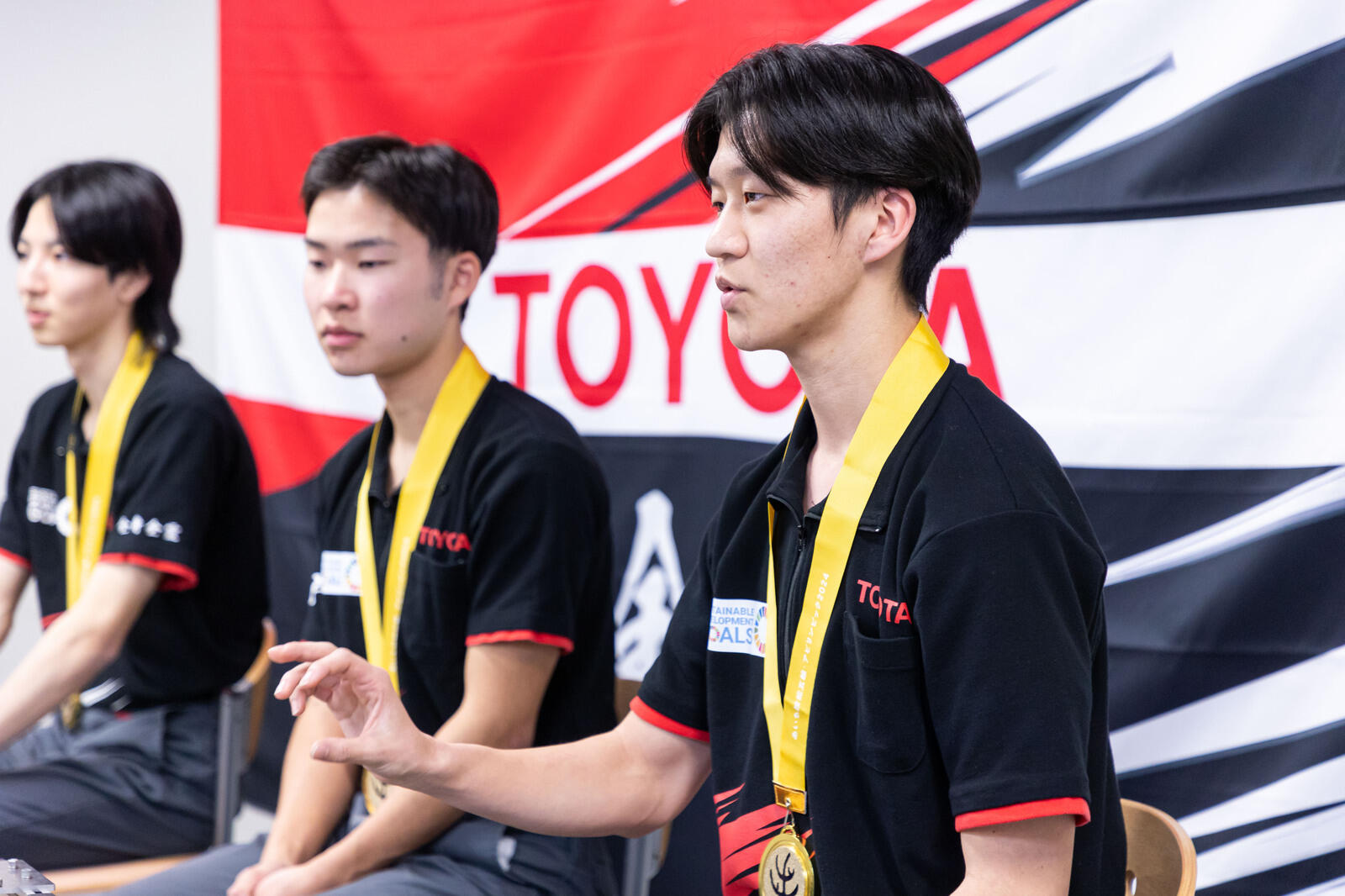
Such candid talks are only possible after experiencing both the highs and the lows. Although their competition is about technical skills, the way these participants approach their disciplines is no different from athletes.
That wraps up the first half of our discussion. In part two, the medalists share how they recharge between training, as well as their goals for the future.

